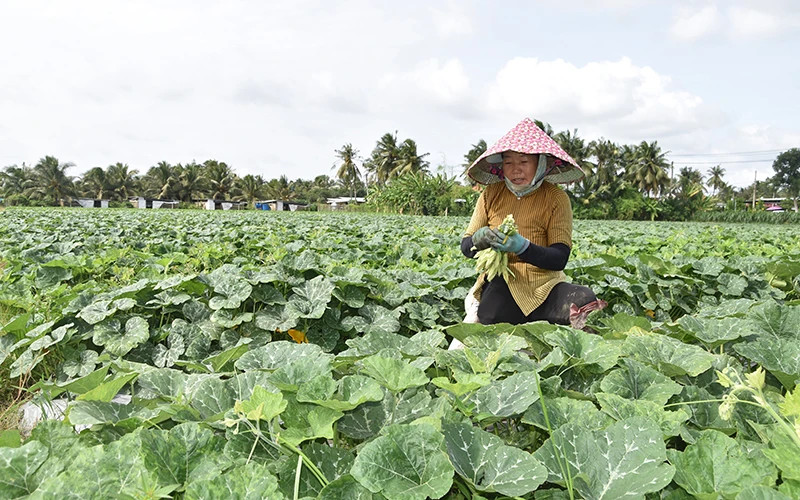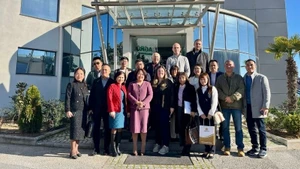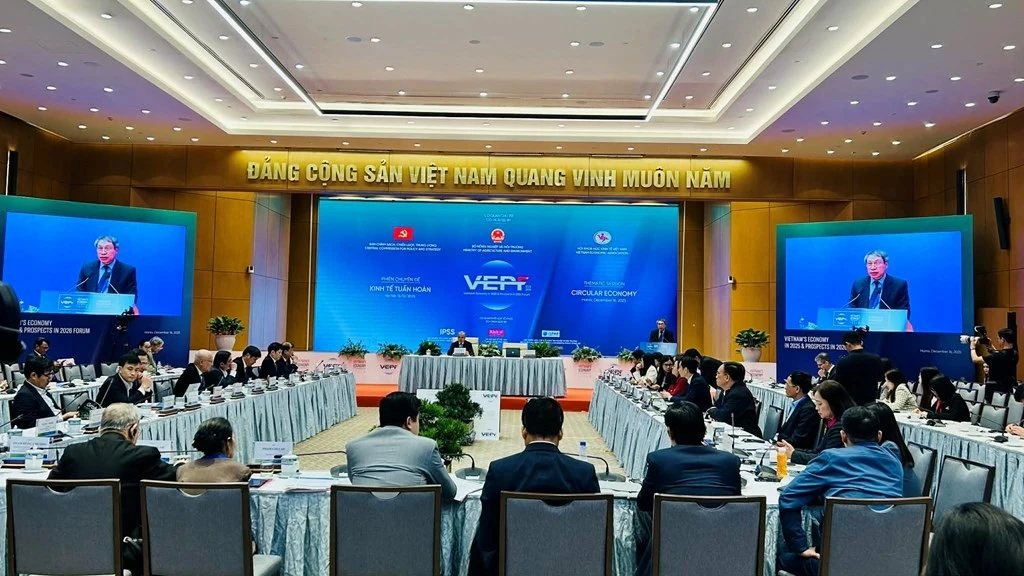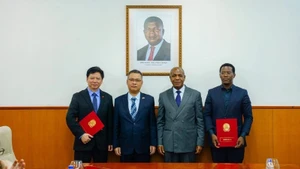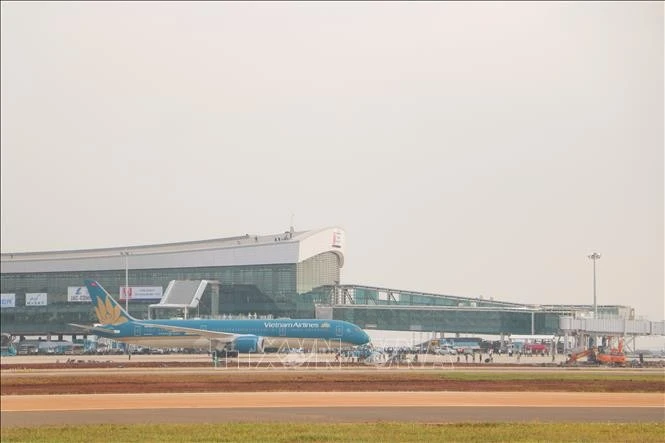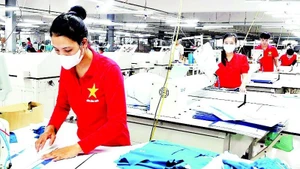Ministries, branches, localities and people have implemented many response solutions, including converting inefficient rice land to other crops, adapting to climate change and bringing high economic efficiency.
Increasing income for people
In recent years, the agricultural sector of Tien Giang Province has focused on converting ineffective rice fields to growing vegetables and fruit trees to adapt to climate change and increase income for farmers in disadvantaged coastal areas such as Go Cong Tay, Go Cong Dong, Tan Phu Dong and Go Cong City. In particular, the project on crop cutting, crop conversion and crop structure in the eastern localities of the province until 2025 was implemented from 2016 to 2025. Thousands of hectares of rice have been converted to growing vegetables and fruit trees from this project, bringing positive results.
According to the Department of Crop Production and Plant Protection of Tien Giang Province, to promote the potential and strengths of vegetable crops in restructuring agricultural production to adapt to climate change, eastern localities have paid attention to reorganising production in the direction of converting rice fields in difficult areas, often affected by drought and saline intrusion, to vegetable cultivation.
Localities have established cooperatives and cooperative groups specialising in vegetable cultivation associated with transferring agricultural science and technology to farmers, replicating the model of growing vegetables according to VietGAP standards or growing safe vegetables to protect health and the environment as well as increase the competitiveness of agricultural products in the market.
According to the Director of the Department of Agriculture and Rural Development of Ninh Thuan Province, Dang Kim Cuong, to develop an agricultural economy that effectively adapts to climate change and creates optimal added value in the same cultivated area, the province is promoting the conversion of crop structure; focusing investment capital on agriculture; planning areas for production of raw materials; focus on linking “four houses” to develop agricultural economy according to sustainable production value chains, aiming to expand concentrated production areas.
Head of the Department of Agriculture and Rural Development of Ninh Hai District Tran Huu Nhan shared that determining that crop restructuring is a sustainable direction, contributing to bringing a stable economic source for farmers, Ninh Hai District has planned agricultural production areas and converted crop structure in the direction of reducing rice growing area, minimising three-crop rice production per year in unfavourable places to switch to growing jackfruit, mango, apple, golden melon and watermelon, to bring high economic efficiency.
Selecting crops with strengths, good productivity and quality
According to statistics, in recent years, localities across the country have converted thousands of hectares of ineffective rice land to other crops with higher economic value, helping people increase their income. In the Mekong Delta region alone, by 2024, the estimated area of crop conversion on rice land is 24,629 hectares, of which 20,084 hectares will be converted to annual crops, 4,256 hectares to fruit trees and 289 hectares combined with aquaculture.
Although the conversion of crop structure has had good results, according to the Department of Crop Production under the Ministry of Agriculture and Rural Development, in some places, the conversion is still spontaneous and not according to planning; the conversion from inefficient rice land to fruit trees requires large investment capital; the production linkage in the conversion area is still loose, causing unstable output for products, affecting farmers' income. Especially now, some crops have high economic value, causing farmers in some localities to massively switch to growing them, leading to the risk of supply exceeding demand.
To convert crop structure to respond to climate change to bring better efficiency, help increase land use efficiency, and enhance farming value for farmers, in the coming time, ministries, branches, and localities need to focus on converting ineffective land areas to strong commercial crops that adapt to climate change; note that the conversion needs to be done methodically, scientifically, in compliance with planning, not spontaneously; the conversion of crop structure needs to be suitable for market demand.
According to Director of the Department of Agriculture and Rural Development of Ninh Thuan Province Dang Kim Cuong, from now until 2025, the province aims to convert about 3,200 hectares of crop area, including 1,525 hectares from inefficient rice land to other crops, prioritising drought-resistant crops with high economic value such as grapes, apples, green asparagus, grapefruit, custard apple, banana, durian and mango.
Along with that, increase the application of new cultivation techniques such as intercropping legumes with fruit trees and perennial crops to create vegetation to retain moisture and improve soil fertility; use greenhouse technology net covers to prevent dangerous pests to help increase productivity, improve the quality of harvested products.
To improve the efficiency of crop conversion, the province also requested specialised sectors to increase the opening of training courses to transfer science and technology on cultivation and plant protection, organise field conferences and workshops to guide farmers in production, continue to create favourable conditions to attract businesses and business households to invest in high-tech agricultural production; promote the development of production and consumption chains between households, farms, cooperatives with businesses, supermarket systems; combine the development of agricultural eco-tourism.
Regarding this issue, according to the Head of the Department of Cultivation and Plant Protection of Tien Giang Province, Vo Van Men, in the coming time, the province will continue to review the cultivated area and orient the development of crops following the actual conditions in the locality; the expansion of the converted area must be in a concentrated direction, ensuring technical infrastructure such as irrigation, traffic, electricity.
